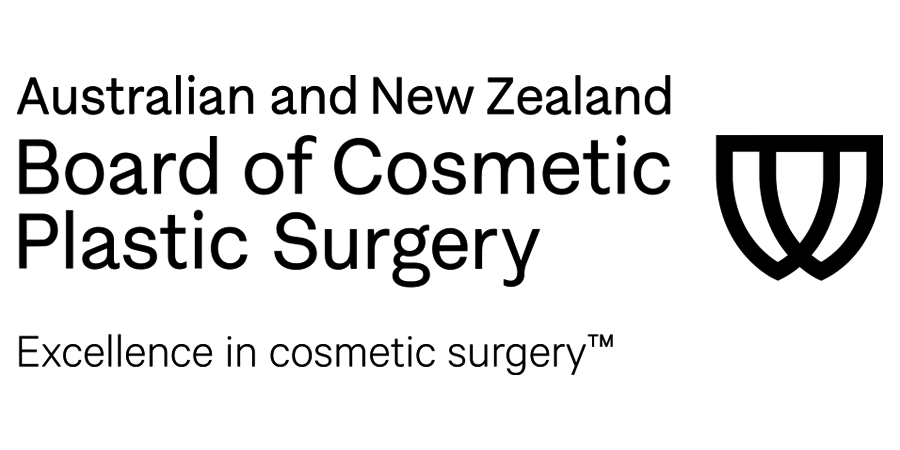Body mass Index (BMI) is a tool used to calculate and measure body fat, based on height and weight. This measurement generally applies to adult men and women, historically based on Caucasian populations. It is only one of the many considerations used when assessing a patient for a surgical procedure. Based on height and weight BMI doesn’t take into account your muscle mass, bone density, or body composition. A higher or lower BMI isn't necessarily an indicator of being more or less healthy.
We understand that managing or losing weight isn’t always easy to do. If you are considering surgery and feel concerned about your BMI, please reach out to us at GIA to discuss this with us further. An in-person consultation can be helpful in addressing your BMI and allows us to provide recommendations and support as needed.
The way in which BMI is categorised changes from country to country and the values considered to be 'normal weight' are varied as a result. The BMI values considered as ‘normal weight’ are given as fixed between ethnic populations despite differences observed. It is generally stated that BMI figures listed below are indicative of the following:
Will a high BMI mean I am not able to have surgery?
At GIA we strive to provide the highest quality and safest surgical care. Our recommendations are, where possible, based on current medical literature and guidelines from professional associations committed to health care for transgender individuals.
It is important to note that weight in itself is not the only factor to consider when determining if surgery is likely to be successful and safe for each patient. Undertaking a surgical procedure is a collaborative decision, made by you and Dr. Farmer, with important input provided by members of your multidisciplinary healthcare team (endocrinologists, general practitioners, anaesthetists and others). This decision might change based on careful consideration of all these aspects, including age, health, your social and financial situation and surgical expectations. BMI recommendations for any given surgery can also differ due to your individual anatomy, the area being addressed in surgery, blood supply to this area and the unique characteristics of each procedure. More details on this are provided below.
What are the surgical and anaesthetic risks associated with a high BMI?
A higher BMI is associated with an increase in both surgical and anaesthetic risks for individuals seeking surgery; medical research suggests this risk appears to increase substantially for those with a BMI of 40 or more.
Some of these risks include:
Infection
Bleeding
Delayed healing
Early wound separation
Contour problems (specifically ‘dog-ears’ and chest wall rolls in top surgery)
DVT’s (blood clots in the legs)
Pulmonary embolism (clots in the lungs)
Pneumonia and other lung issues
Poor or compromised aesthetic results (including a lack of definition)
Prolonged healing and recovery process
Prolonged use of surgical drains
Additional surgical procedures to address the complications or compromised results
Need for specialised dressings and increased post-operative visitations
Need for, or increased duration of hospitalisation
Potential for increased emotional and financial costs should surgery result in these risks, particularly in cases of self-funded surgery
What are the BMI requirements for gender-affirming surgery?
While we have listed our BMI recommendations below, it is important to note that body composition and overall health are the most significant factors in determining a patient's ability to safely undergo surgery. Weight alone is not the only consideration. We strive to see each individual in their best possible health prior to undergoing surgery and that any associated existing conditions are well managed.
Anaesthesia requirements: At GIA, we engage a small team of regular anaesthetists with a special interest in providing gender affirming care. Their input is taken into consideration regarding the safety of the administration of anaesthetic and in monitoring your post operative health.
Top surgery (all types): We aim to reduce barriers to gender affirming care whilst maintaining a high level of safety for our patients. We currently offer top surgeries to those with a BMI below 40, following consultation and with consideration of risks, safety and expectations.
Facial feminisation / masculinisation / Adam’s apple removal: There are no strict BMI restrictions for these surgeries. However, the effectiveness of some procedures and outcomes are potentially diminished. This would be discussed in a consultation, on an individual basis.
Body contouring and rib remodelling: Body contouring procedures are sometimes considered to be weight loss procedures. They are in fact different procedures altogether. To achieve aesthetically pleasing results in body contouring, ideally a BMI of less than 30 is valuable. This increases the chance of patient satisfaction while maintaining a high level of safety (especially during liposuction).
Bottom surgeries: The BMI requirements for bottom surgeries are carefully considered. These surgeries require significant tissue rearrangement, particularly in relation to the nerves associated with arousal and in the safe creation of the vaginal canal (for Vaginoplasty) to minimise loss of depth post-operatively.
The outcome and appearance of Metoidioplasty can be improved with the reduction of weight, minimising excess tissue in the region of the mons prior to surgery.
Additional weight can impact the success rate of testicular implants as healing can be impacted by rubbing and chafing between the legs.
Below are the BMI recommendations at GIA for commonly requested bottom surgeries:
Simple Metoidioplasty: ≤40
Metoidioplasty with primary urethral lengthening: ≤35
Testicular implants <30
Vaginoplasty: ≤30
Vulvoplasty: ≤35
Does crash dieting or sudden weight loss before surgery help?
Weight can also have implications for overall aesthetic results after surgery. Large fluctuations in weight after surgery can alter the appearance of your features. This is particularly relevant for those undergoing body contouring and top surgeries. Rapid weight changes can alter the integrity of the skin and make it more prone to stretch marks or widening of surgical scars.
To avoid any unwanted changes in the aesthetic result after surgery, we recommend that patients strive to maintain a stable weight for at least 3-6 months prior to surgery.
Being the healthiest version of you is vitally important. We encourage our patients to maintain a healthy diet, avoiding too much fast food and highly processed products. Regular exercise can be important both for physical and mental health. Crash diets and extreme exercise routines are difficult to maintain. These can be unhelpful and sometimes harmful. Aim to be realistic and consistent in your approach to diet and exercise.
What else can I do to get the best result possible surgical result for me?
There are some seemingly relatively harmless activities that we understand can negatively affect surgical outcomes, including smoking / vaping / inhaling nicotine and non-nicotine products. To help manage surgical risk and ensure the best possible surgical outcomes, we ask patients to let us know of any nicotine use including chewing tobacco, nicotine gum and any inhaled products. It is well documented that these activities can severely compromise patient outcomes and increase risk of perioperative complications. We ask patients to stop these activities four to six weeks prior to surgery. Stopping as early as possible is ideal.
Similarly, there are drugs (prescribed and non-prescribed) that may compromise wound healing and surgical outcomes. Some examples include steroid use for inflammatory disorders, like Prednisolone for asthma, or Roaccutane (Isoretinoin) for acne. A complete, accurate, and updated medication list will help us identify these medications and is part of why, at GIA, we insist on having a current referral from your general practitioner.






